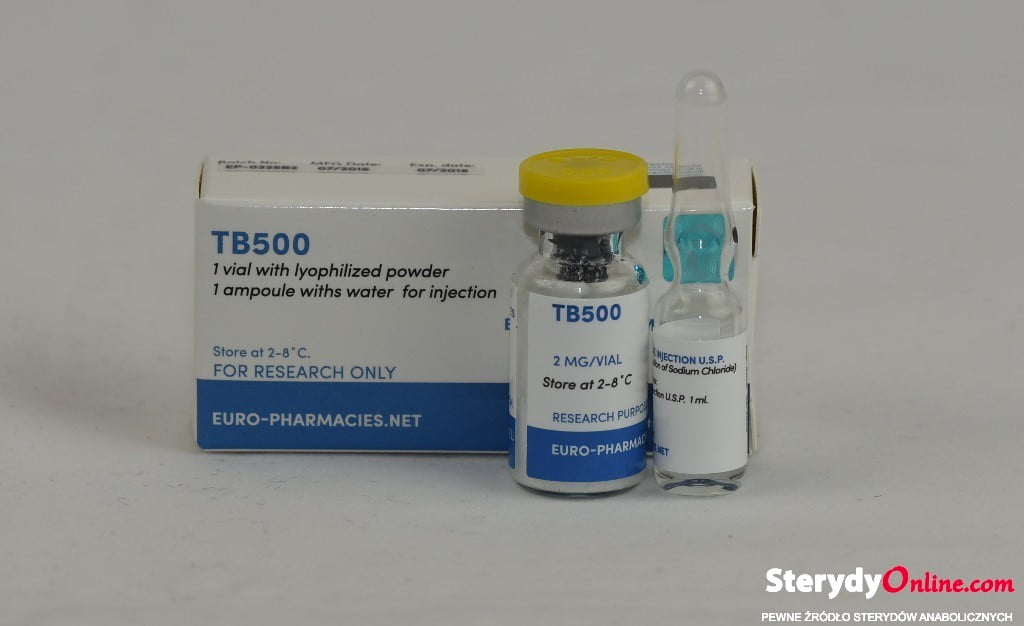Sony Product Catalogue Variation 7 Use-ip
Long story short, it's rather difficult to offer you a precise answer to this, however I'll try to aid you identify a ball park. Probably at least a year or two, yet likewise "it depends, x1000". If you are making your soap appropriately (that is, without an extremely high superfat portion, and guaranteeing you're determining & computing appropriately)-- no. These things are often marketed in the "preservatives" area yet are not chemicals-- just anti-oxidants. They are generally far much less scary/more natural appearing, however they will certainly refrain from doing the job in all.
For Projects Using Specific Ingredients
- I recognize this can be difficult to do if you have not dealt with both of the surfactants, so you'll wish to read about both and see if the recipe offers any type of hints regarding why a particular surfactant was picked.Some ingredients are much more obtainable than others, and some countries have far better availability than others.If it shows up dirty (ew), 1) quit purchasing from that provider and 2) wash it by hand and then either send it with a hot dish washer or mist with 70% isopropyl alcohol or a 5% bleach remedy and delegate completely dry.It is water soluble, effective in small amounts, and has a broad effective pH array (3-- 8).
In a strong https://www.mediafire.com/file/7dkd797gxz9pbcd/pdf-6314-38089.pdf/file syndet bar the product is normally consisted of 50%+ strong surfactants like Sodium Cocoyl Isethionate (SCI), Sodium Lauryl Sulfoacetate (SLSa), and Sodium Coco Sulfate (SCS). I really do not suggest utilizing strong soap instead of solid surfactants in items like these. Necessary oils and scent oils are highly focused aromatic substances that are generally used at 1% or less as greater focus can trigger unfavorable skin responses.
I Disagree With A Few Of The Components You Utilize
One more work a surfactant can be playing in an item is to make the blend milder; this is accomplished by integrating surfactants with different modifications. Cocamidopropyl Betaine is extremely frequently used consequently; it is amphoteric, and while it isn't a terrific lathering/cleansing surfactant by itself it praises anionic and non-ionic surfactants, making them milder and supporting soap. Cocamidopropyl Betaine is usually one of the most easily available amphoteric surfactant, which is why I use it so commonly.
What Do Humectants Carry Out In Our Products?
Sorry, however I have actually released over 800 dishes on this website since mid-2016 and I prefer to write even more recipes than return and do all those conversions. I took several readings for every service, balanced them, and plotted them on a graph. Due to the fact that compounds like salt are normally occurring, not natural substances, there is no such thing as an organic version. Salt isn't raised making use of chemicals, yet it's still naturally not natural.
Stay clear of any kind of resources that intend to frighten or fret (like the EWG). I value that you trust me and desire my viewpoint on these headlines, yet I'm flat out not able to dig into every marvelous heading and explain/debunk them. That might be https://www.4shared.com/s/fxVIlnnUajq a full time work, and I'm already really busy with all points Humblebee & Me. The very first thing you should think about is dosage; just how much of stated ingredient are you using? Ibuprofen is considered a very secure drug, but if you take way too much you can damage your stomach and intestinal tracts. I did have a tiny store for concerning two years, yet I actually didn't enjoy selling items, so I shut it down.This is commonly more difficulty than it is worth, so I 'd recommend seeing if there is a water-free method to incorporate the ingredient you're trying to contribute to the formula. If it's a tincture, take into consideration an oil infusion instead-- that kind of thing. For projects that will certainly be consistently moistened and allowed to re-dry, like a clay bar ... this is a little bit difficult and relies on where you live. There are clay bars offer for sale which have no preservatives, and while that's not always a perfect indicator of ideal techniques, one can assume that the firm marketing bench does not want to offer a product that will certainly grow mould quickly. I live in a really completely dry environment, and have clay bars that I've made use of for years that have actually never ever revealed any indications of spoilage as long as they have actually been left to completely dry between uses-- yet given the environment I stay in, they always dry quite swiftly. If you live somewhere moist, this may not hold true, and a broad-spectrum chemical may be a good idea.

